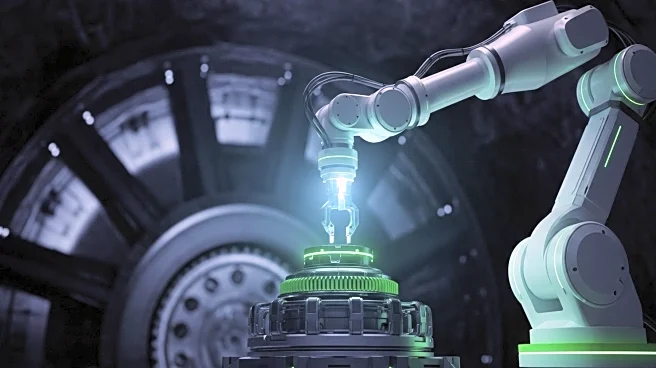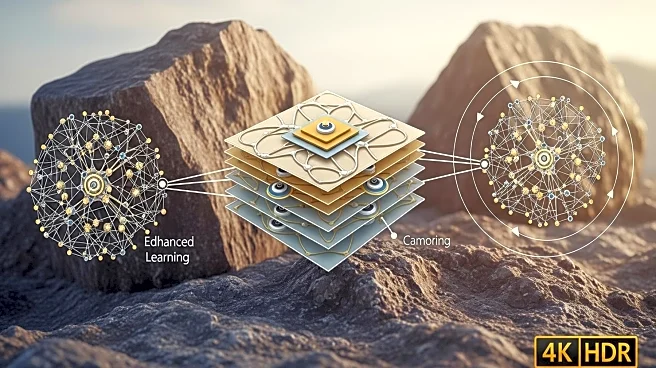What is the story about?
What's Happening?
A new intelligent calibration method using ensemble learning has been developed to improve the accuracy of microscopic parameter predictions in the discrete element method (DEM). This approach utilizes stacking ensemble learning combined with models like XGBoost, RFR, and LSTM to predict key mechanical parameters of granite, such as uniaxial compressive strength, elastic modulus, tensile strength, friction angle, and cohesion force. The model demonstrated high accuracy, with errors ranging from 0.6% to 10.6% for different parameters.
Why It's Important?
The advancement in calibration methods for DEM is crucial for industries that rely on accurate simulations of material behavior, such as construction, mining, and geotechnical engineering. By improving the precision of parameter predictions, companies can enhance the reliability of their simulations, leading to better design and safety outcomes. This method also reduces the need for extensive experimental testing, saving time and resources.
What's Next?
Further research may focus on expanding the application of ensemble learning to other materials and conditions, potentially improving the versatility and robustness of DEM simulations. The integration of machine learning with traditional simulation methods could lead to new standards in material testing and analysis.
Beyond the Headlines
The use of ensemble learning in DEM represents a broader trend towards incorporating artificial intelligence in engineering and scientific research. This could lead to more adaptive and efficient modeling techniques across various fields, enhancing the capabilities of simulation technologies.
AI Generated Content
Do you find this article useful?













